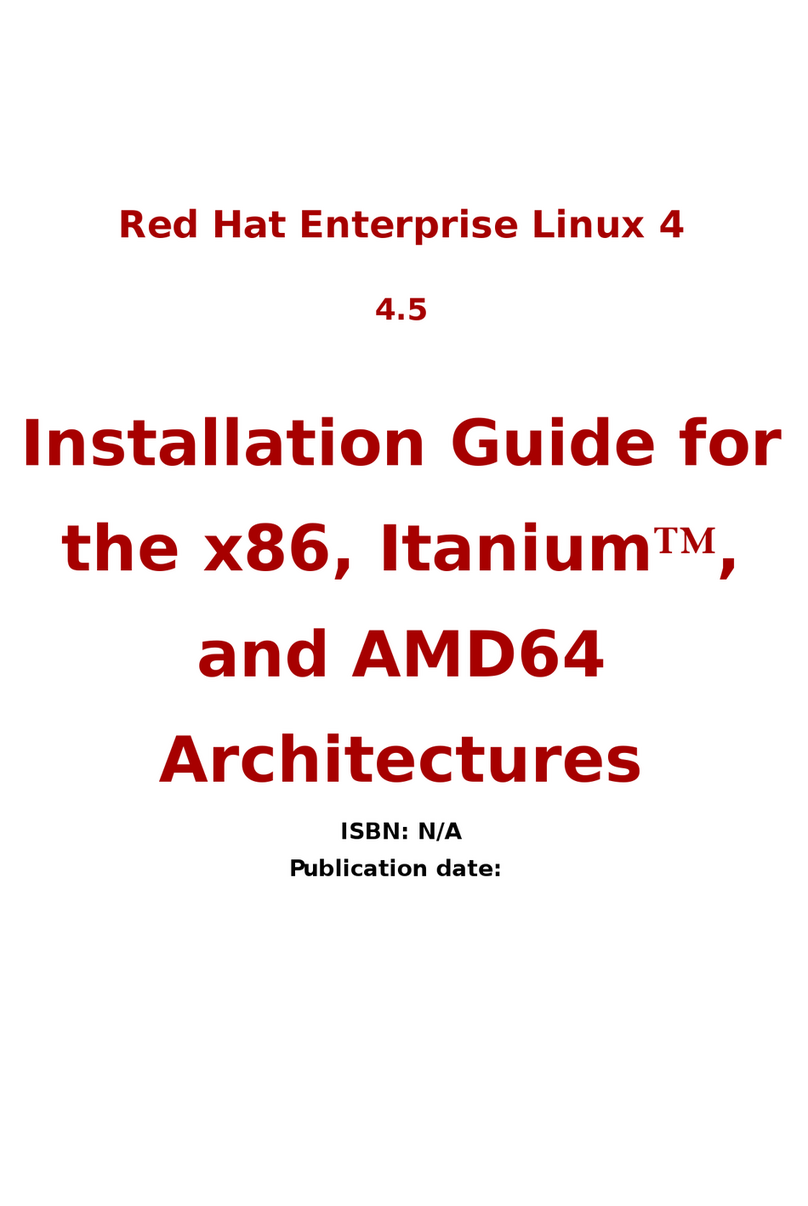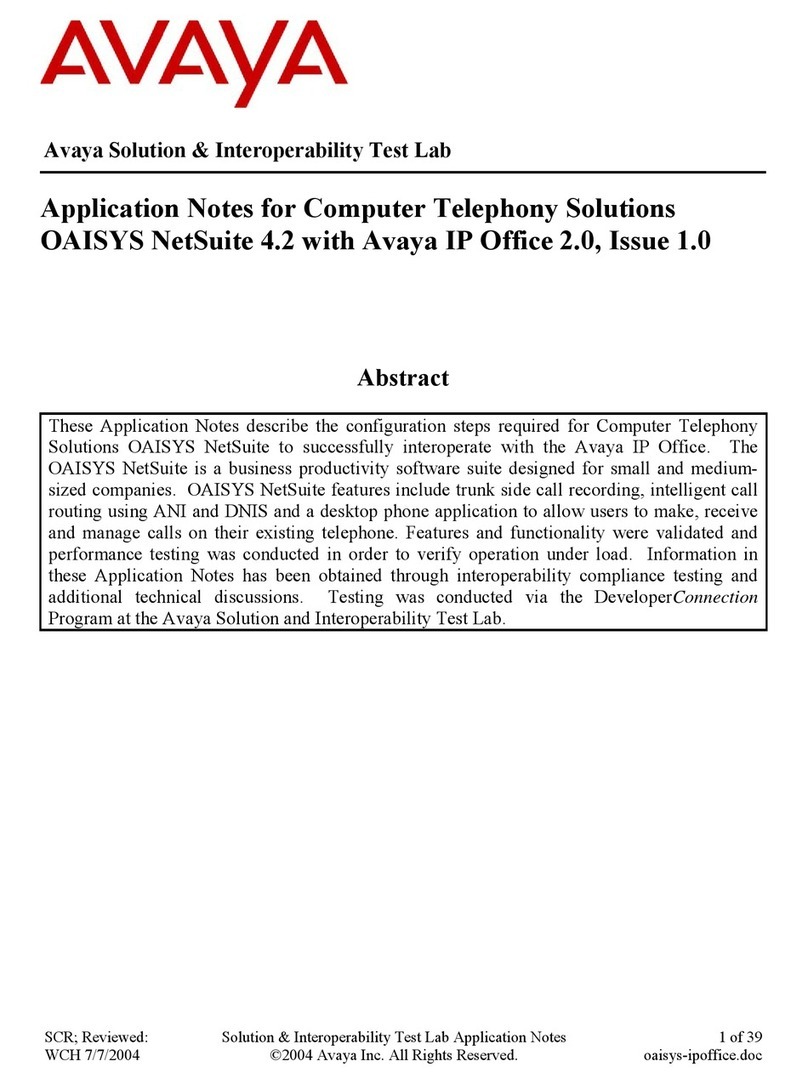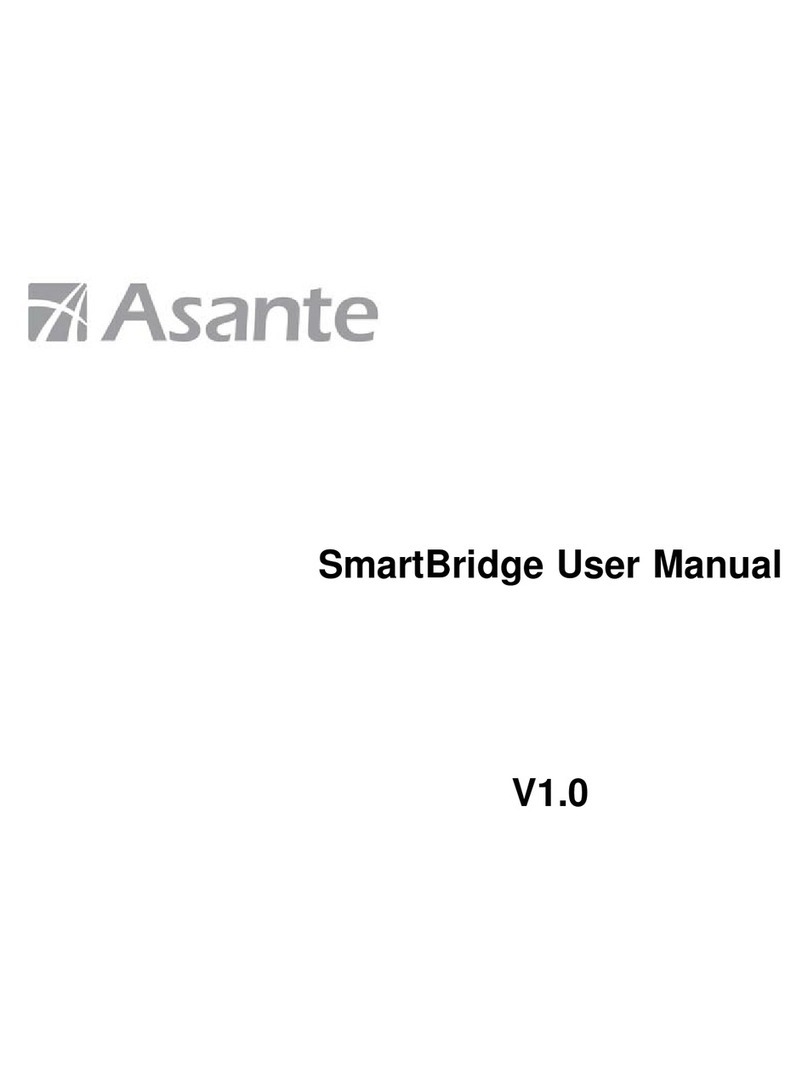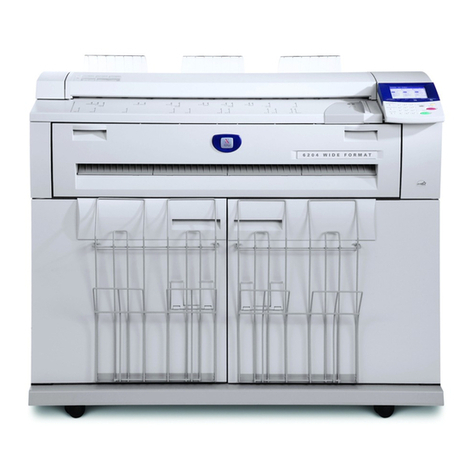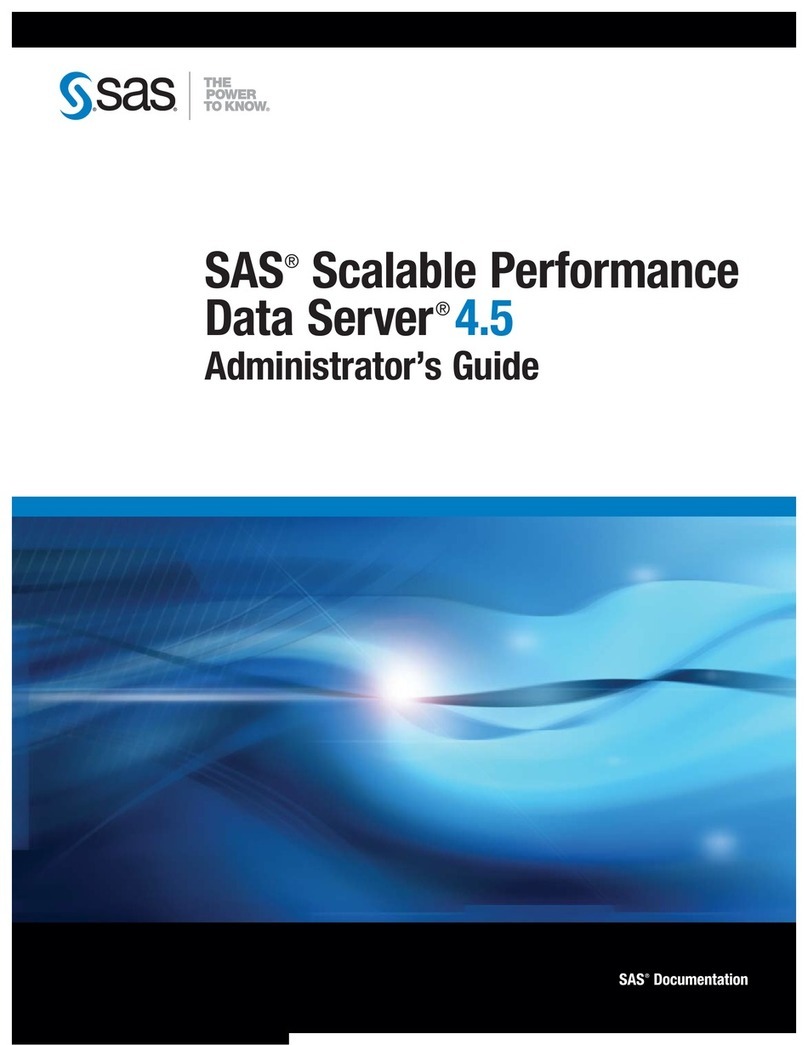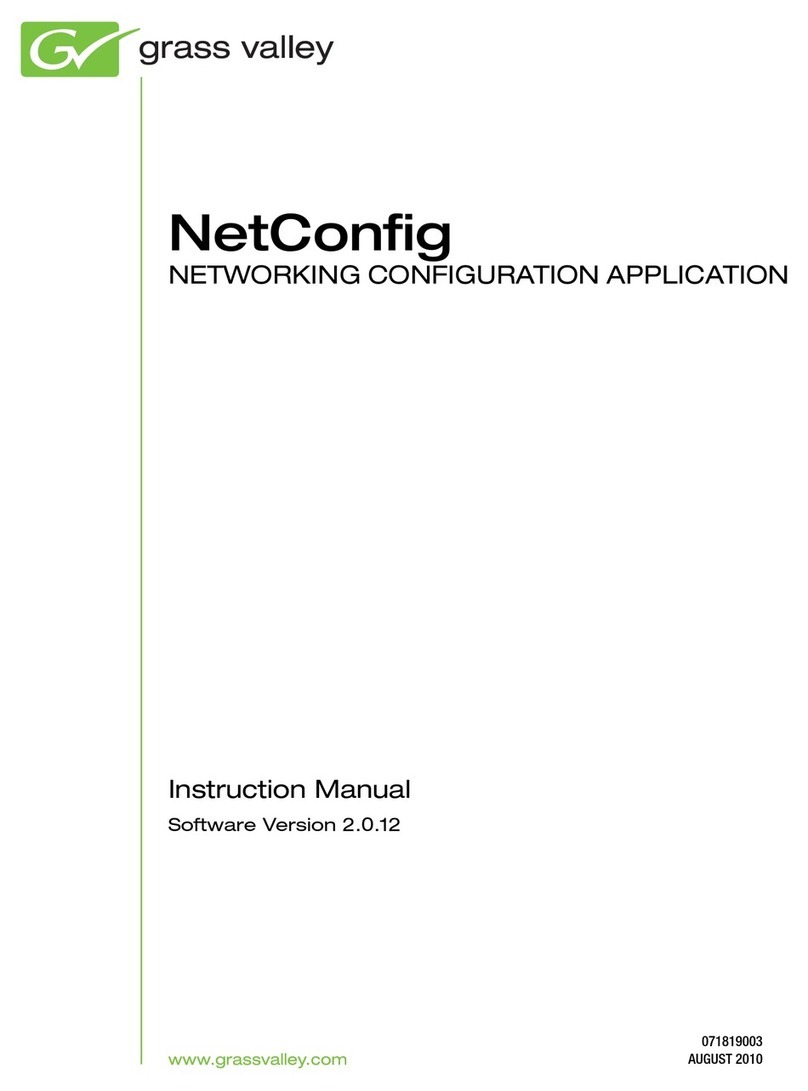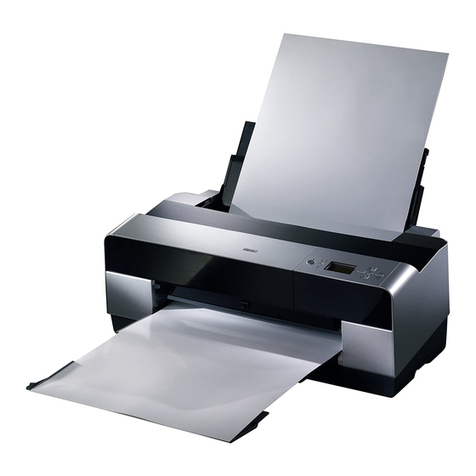
Table of Contents
Table of Contents ................................................................................................................................i
Revision History .................................................................................................................................ii
NOTICE:........................................................................................................................................... iii
1Hardware and Software Package.....................................................................................1
2Computer Requirements...................................................................................................1
3System Installation / Removal...........................................................................................1
3.1 Level shifter installation.......................................................................................................1
3.2 “Artex” software installation................................................................................................2
3.3 “Artex” software uninstallation............................................................................................2
4Hardware Operation..........................................................................................................3
5Software Operation............................................................................................................3
5.1 Software Overview...............................................................................................................3
5.2 Initial start up .......................................................................................................................4
6ELT Programming.............................................................................................................4
6.1 Start Up ................................................................................................................................4
6.2 ELT Programming ...............................................................................................................5
6.3 TABLE 1 ELT Data.............................................................................................................6
6.4 Printing ELT Programming Data.......................................................................................15
6.5 Software Exit......................................................................................................................16
7Programming the C406-N series PA (Programming Adapter)....................................16
7.1 Hardware Operation...........................................................................................................16
7.2 Software Operation ............................................................................................................18
8Processing..........................................................................................................................19
8.1 Normal ELT Processing Procedure....................................................................................19
8.2 Processing Procedure for ELT’s to be used with the Artex ELT/NAV INTERFACE auto-
reprogramming function or the C406-N series PA auto-reprogramming function............19
8.3 C406-N Series PA Processing Procedure ..........................................................................20
9Programming Verification ..............................................................................................20
9.1 INSTRUCTIONS...............................................................................................................20
10 Labeling Requirements....................................................................................................24
11 Registration Requirements..............................................................................................24
11.1 Civil Aviation Authority registration requirements...........................................................24
11.2 Artex Aircraft Supplies registration requirements.............................................................25
12 Technical Assistance ........................................................................................................25
13 Glossary of Software Functions......................................................................................26
14 Glossary of Software Errors and Error Messages........................................................28
Page i
15 ARTEX 406 MHz PROGRAMMING RECORD .........................................................29
